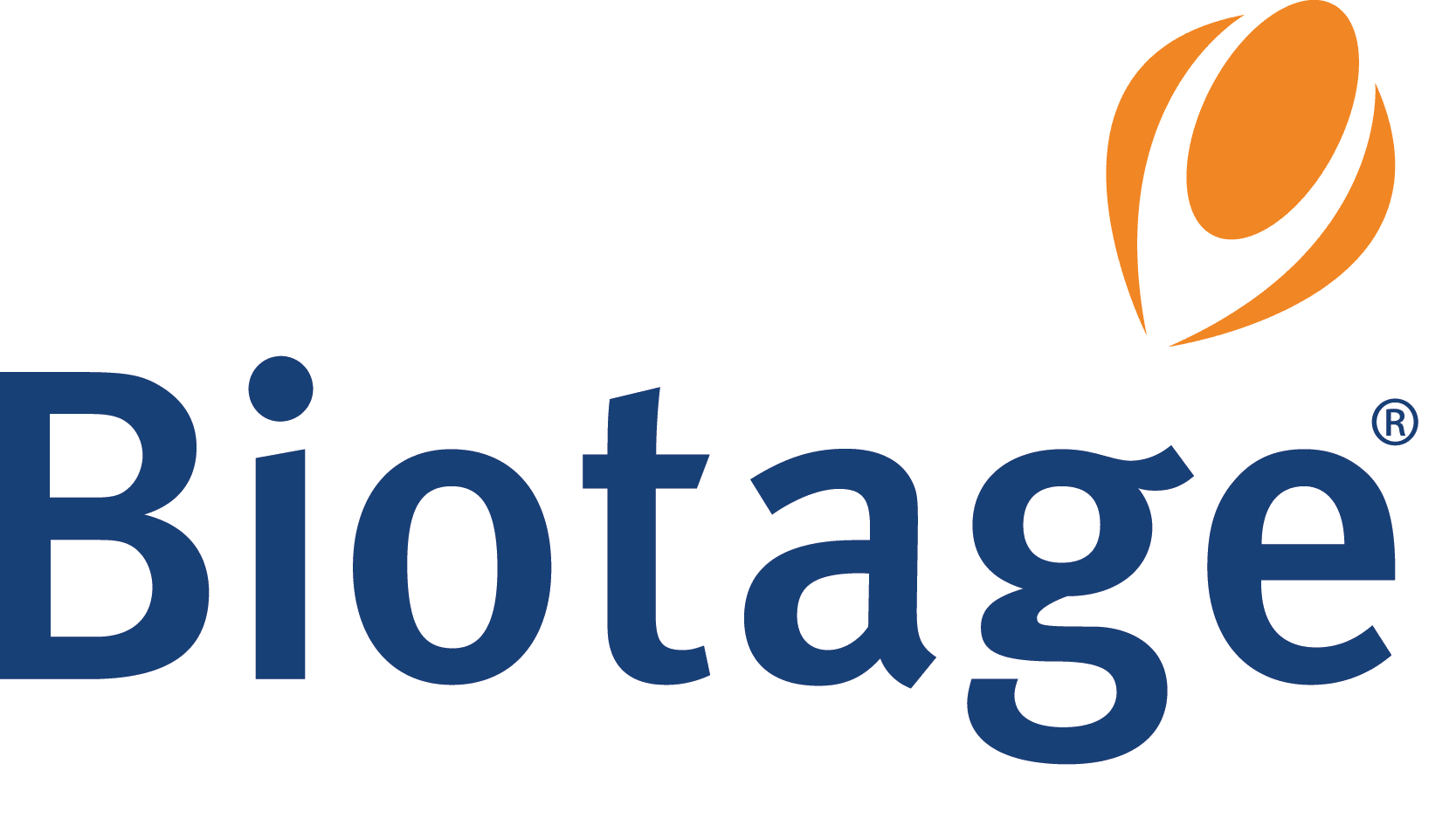Introduction
Nicotinic acid and nicotinamide were extracted from human plasma by performing a rapid protein precipitation using Impact Protein Precipitation Plates followed by HPLC analysis using a Gemini 3 μm C18 100 x 4.6 mm HPLC column and positive polarity ESI LC/MS/MS system. Impact technology offers easy, fast protein removal while providing maximized recovery of the target analytes. The Gemini 3 μm C18 HPLC column produced excellent chromatographic resolution, sensitivity, and high peak capacities.
 TN-1151 APPLICATIONS
TN-1151 APPLICATIONSNiacin (nicotinic acid) is a water-soluble vitamin that is also referred to as vitamin B3. Nicotinamide (nicotinic acid amide) is the derivative of niacin that is incorporated into the coenzymes nicotinamide adenine dinucleotide (NAD) and nicotinamide adenine dinucleotide phosphate (NADP). The nicotinamide moiety of NAD and NADP serves as an electron acceptor or donor in biological oxidation-reduction reactions catalyzed by several hundred different enzymes. Both nicotinic acid and nicotinamide are absorbed from the normal diet.Nicotinamide is the form of vitamin B3 that is commonly found in nutritional supplements and used to fortify foods. Nicotinic acid is available both over the counter and with a prescription as a cholesterol-lowering agent. Niacin deficiency can result from inadequate dietary intake of niacin and/ or the amino acid tryptophan. Niacin deficiency can affect the skin, digestive system, and the nervous system. Severe niacin deficiency is referred to as pellagra. Monitoring the body’s concentration of nicotinic acid and nicotinamide is an aid in diagnosing and treating diseases related to their deficiencies. For this reason, it is important that analysis techniques be both sensitive and accurate.
Materials and Methods
Sample Preparation
Protein precipitation was performed using an Impact Protein Precipitation Plate.After filtrate is collected, the collection plate containing the purified samples should be covered using a sealing mat. The sample is now ready to be injected onto the LC/MS/MS. If the sample will not be injected onto the LC/MS/MS immediately, transfer the filtrate to amber Verex™ autosampler vials (ambient) to protect from light.
MS/MS Conditions:
An AB SCIEX API 4000™ triple-quadrupole tandem mass spectrometer is used for analysis equipped with an ESI probe operating in positive polarity mode. Under an MRM mode, two channels were monitored for nicotinamide and nicotinic acid (Table 1).
Results and Discussion
When developing a method for the analysis of nicotinamide and nicotinic acid, it was important that the method be rapid, sensitive, and accurate in order to accommodate high-throughput labs that analyze 100’s to 1000’s of patient samples each week. Traditionally, a protein precipitation step is used for fast cleanup of plasma samples. Protein precipitation is normally performed using a centrifuge tube or a 96-well collection plate, however this process requires that supernatant be collected while being careful not to disrupt pelleted protein in the bottom of the tube or collection plate. This step was greatly simplified by using Impact Protein Precipitation Plates. The Impact plate allows for the analysis of 96 samples at once, eliminates the transfer steps that are commonly associated with protein precipitation, and can also be automated. Protein precipitation was performed within the wells of the Impact™ plate and sample was not allowed to pass through the filter of the plate until vacuum was applied. This ensured that the precipitated protein was left within the wells of the Impact plate while protein free sample was allowed to pass through the filter and into a collection plate.





